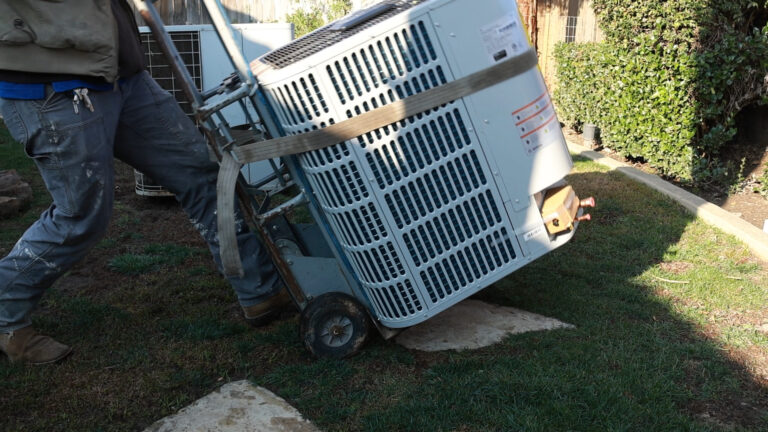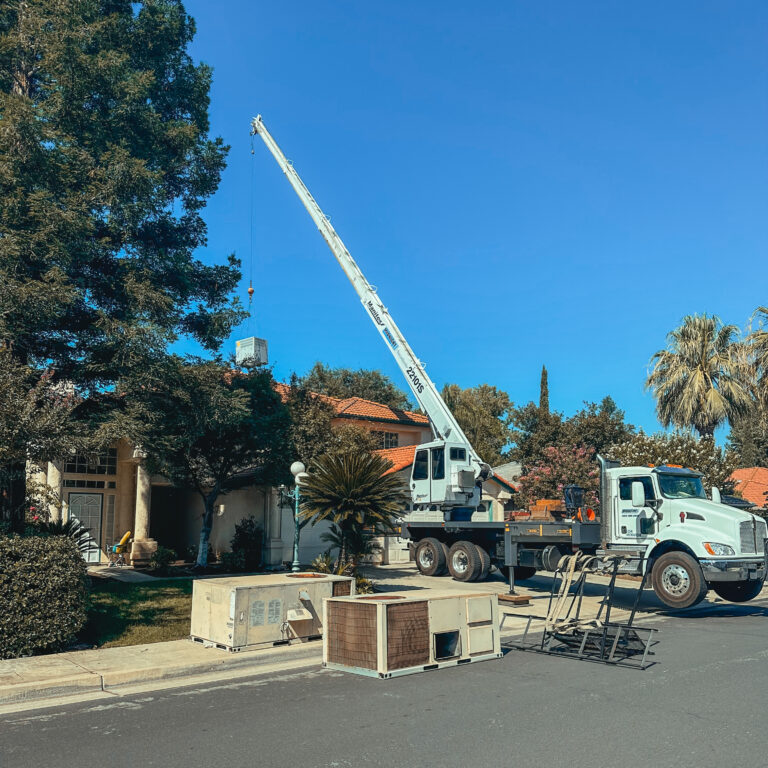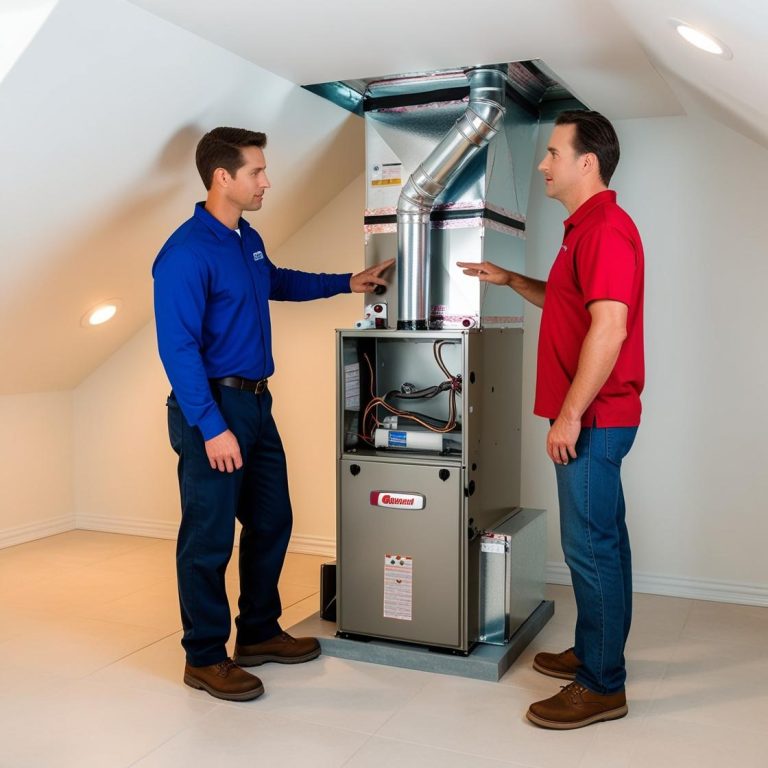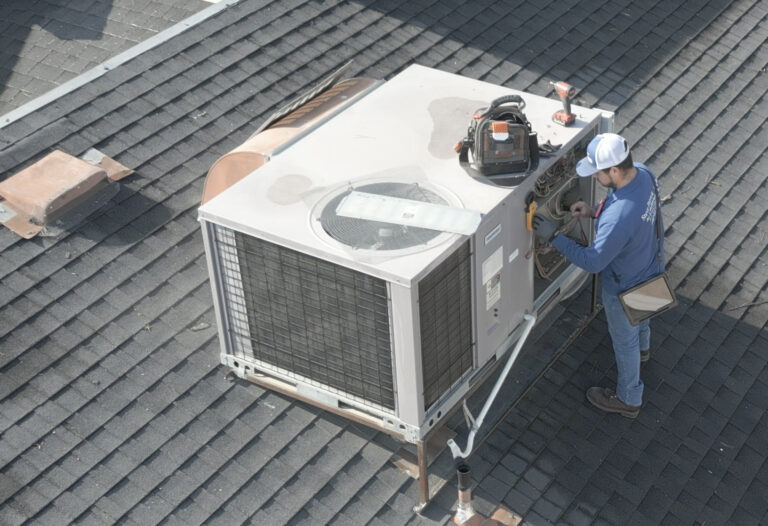The R-22 refrigerant phase-out is important to understand as summer approaches, and homeowners prepare for AC maintenance. R-22, also known as Freon, was used in HVAC systems before 2010. However, the Environmental Protection Agency began phasing out R-22 in 2010, with a complete ban by 2020. As a result, homeowners with older HVAC systems need to adapt to the phase-out soon. In this blog post, we’ll discuss how homeowners can navigate the R-22 phase-out and maintain efficient, safe HVAC systems.
What is R-22 Refrigerant?
Before understanding how to adapt to the phase-out of R-22 refrigerants, it’s crucial to understand what it is. R-22 refrigerant is a type of hydrochlorofluorocarbon (HCFC) refrigerant used in air conditioning systems to produce cool air. It was commonly used but was discovered to have a detrimental impact on the environment. The refrigerant contributes significantly to the depletion of the ozone layer, which protects the earth from the sun’s ultraviolet rays. In response to this, the EPA has been actively phasing out the use of R-22 refrigerant since 2010.
What Are Your Options?
As the bans on R-22 refrigerant take effect, many homeowners are wondering what their options are. One option would be to replace the entire HVAC system. While this is a costly option, it is the most effective to ensure the safety and efficiency of your home’s HVAC system. Another option is to have your current HVAC system converted to use an approved refrigerant. Although this could be less expensive, it usually requires a complete system retrofit, including re-engineering key parts of your equipment. Lastly, homeowners can continue to use R-22 refrigerants until the phase-out is complete, but it should be noted that the cost of R-22 refrigerant has skyrocketed due to supply and demand.
Benefits of Adapting to Phase-Out Regulations
Whether you’re converting your HVAC system, replacing it, or continuing to use R-22 refrigerants, there are significant benefits to adapting to phase-out regulations. The first benefit is to ensure your safety and the environment’s safety. The production and distribution of R-22 refrigerants were prohibited to protect the environment and reduce the depletion of the ozone layer. Furthermore, using R-22 refrigerant in your HVAC system will become more expensive as supply decreases, making timely conversion or replacement cost-effective in the long run.
Finding a Professional HVAC Technician
Adapting to phase-out regulations may require the services of an HVAC technician. It’s important to find a professional with experience in retrofitting systems, if that’s the path you choose. Also, if you decide to replace the entire system, it’s crucial to work with a reputable contractor that offers a warranty on their work. Ensure you check their references before hiring to ensure you’re working with a reliable HVAC technician.
In conclusion, adapting to the R-22 refrigerant phase-out is essential for ensuring HVAC safety and efficiency. Consider retrofitting or replacing your system to comply with regulations. Most importantly, consult a professional HVAC technician for expert guidance. Contact Steve Patrick Air today at 559-224-1729 for assistance with retrofitting or upgrading your HVAC system to meet new standards.
Follow us on Facebook!
Learn about financing here!






